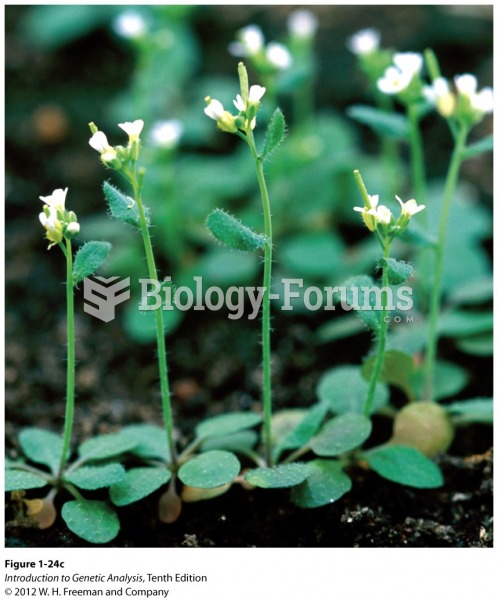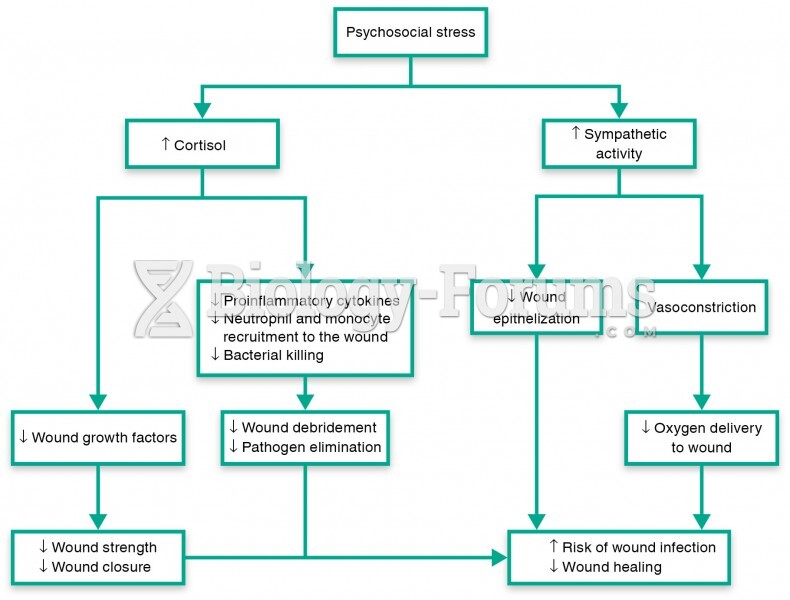|
|
|
Did you know?
The human body produces and destroys 15 million blood cells every second.
Did you know?
In the United States, there is a birth every 8 seconds, according to the U.S. Census Bureau's Population Clock.
Did you know?
There are over 65,000 known species of protozoa. About 10,000 species are parasitic.
Did you know?
A good example of polar molecules can be understood when trying to make a cake. If water and oil are required, they will not mix together. If you put them into a measuring cup, the oil will rise to the top while the water remains on the bottom.
Did you know?
The B-complex vitamins and vitamin C are not stored in the body and must be replaced each day.







